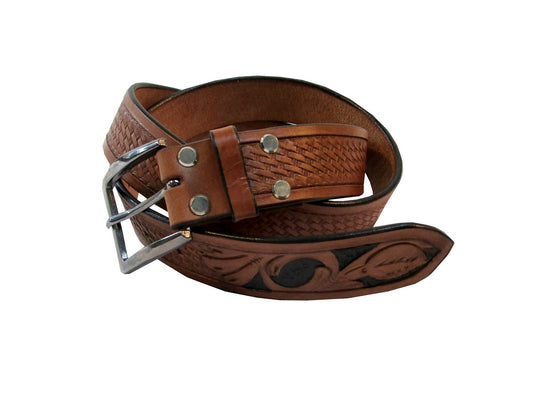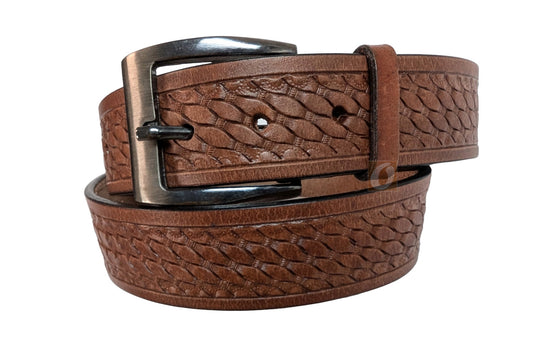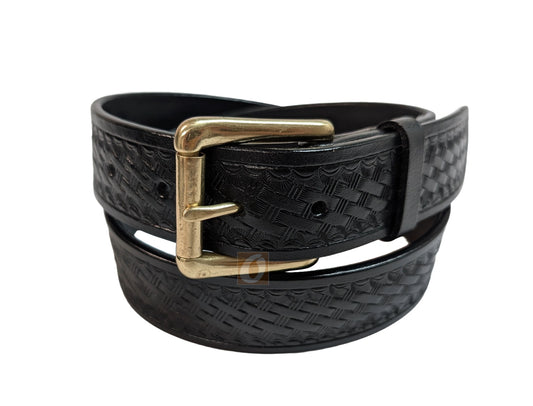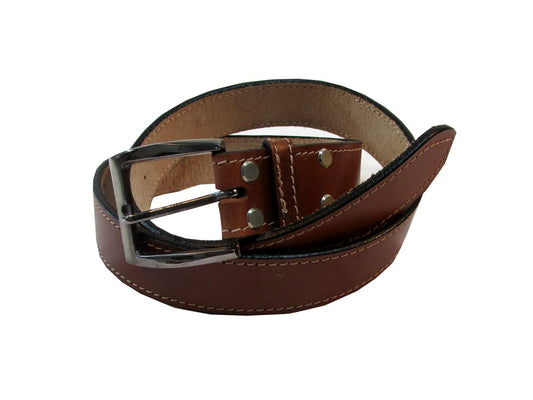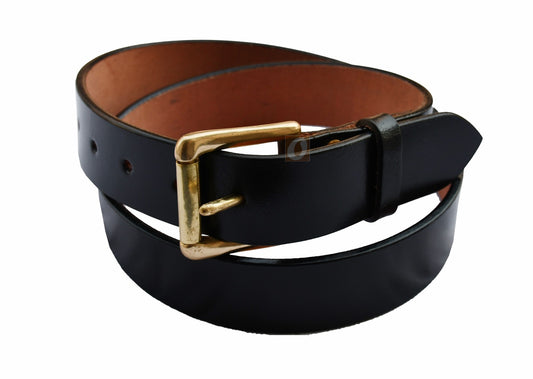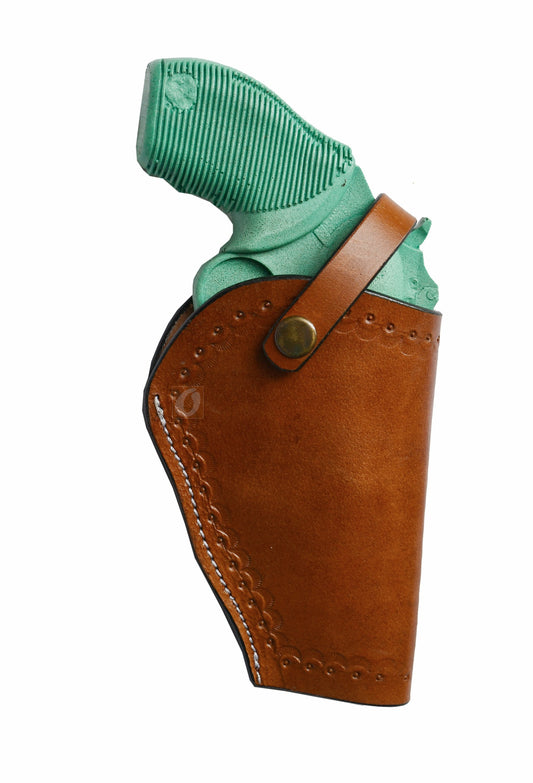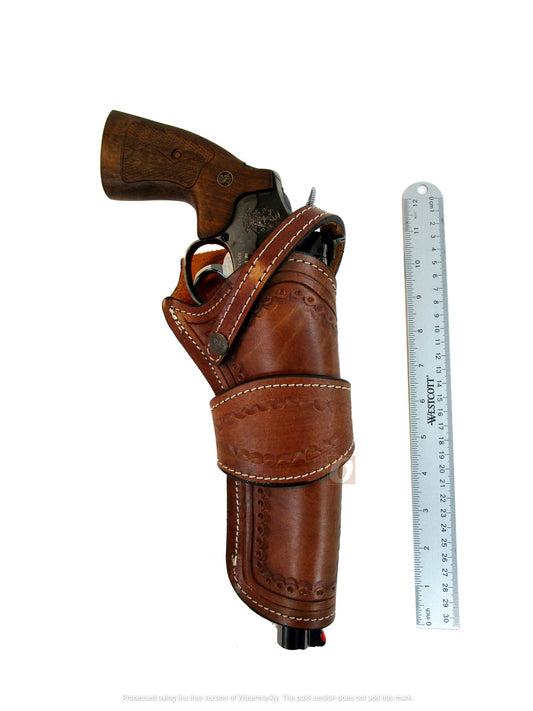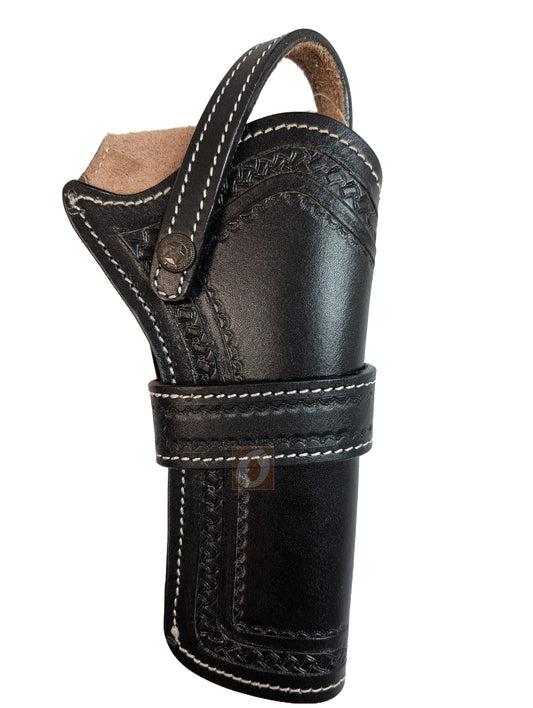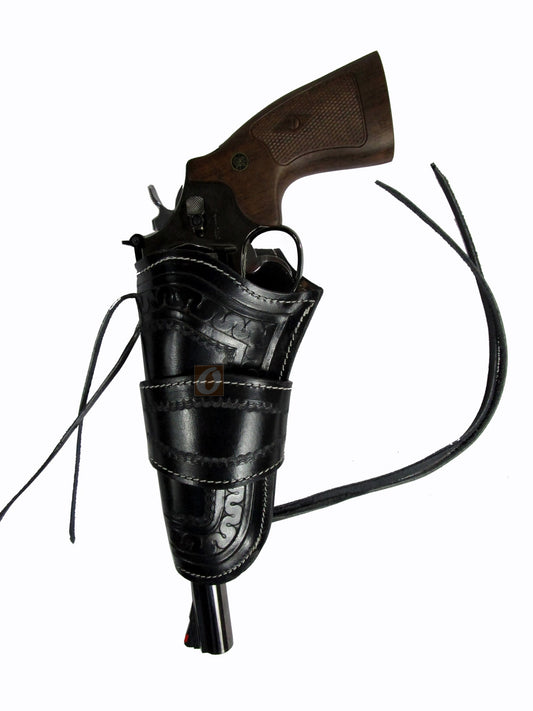The Importance of Proper Holster Fit: Ensuring Safety and Accessibility
Why Proper Holster Fit Is a Non-Negotiable Safety Essential
Many gun owners focus heavily on the firearm—but the holster is what actually controls how safely and securely it rides on your body. A properly fitted holster prevents accidents, protects the trigger, and keeps your firearm exactly where it should be at all times.
How a Correct Holster Fit Protects You
- Secure firearm retention: The gun stays locked in place — no slipping, shifting, or falling during movement or daily activity.
- Full trigger guard coverage: Prevents accidental trigger contact while holstered — a critical safety requirement.
- Rigid, non-collapsing design: Makes re-holstering safer and reduces fumbling, which can lead to accidental discharge.
Why Fit Also Impacts Accessibility
1) Faster, smoother draw
A fitted holster allows a clean, repeatable draw without snagging or resistance — crucial when every second matters.
2) Real comfort means you actually carry
If a holster digs, pinches, or shifts — you simply won’t wear it consistently. A fit that matches your body and carry position matters long-term.
3) Muscle memory through consistency
A properly fitted holster stays in the same position every time — training your hand to go directly to the firearm without hesitation.
What to Look for When Choosing the Right Fit
- Exact firearm match: Universal holsters are convenient — but gun-specific holsters ensure precision and safety.
- Carry style compatibility: IWB, OWB, crossdraw, appendix — your holster must match how you realistically carry.
- Material that suits your environment: Leather for molding comfort, Kydex for rigid precision, suede/nylon for flexibility.
Don’t Overlook the Belt
A premium holster is only as stable as the belt beneath it. A weak belt causes tilt, sag, and unpredictable draw angles. Pair your setup with a strong leather carry belt for optimal safety and retention.
Explore our Leather Belts.
Related Reads
- How to Choose the Right Holster for Your Firearm
- How to Break In a New Holster
- Leather vs Kydex Holster – FAQs
Choose a Holster That Fits You — and Protects You
We build holsters that prioritize safety, retention, and responsible everyday carry. Find yours here:
Leather Holsters |
Glock Holsters |
1911 Holsters |
Crossdraw
FAQ
Why is trigger guard coverage so important?
It prevents accidental trigger contact while holstered — the #1 safety priority in any carry setup.
Can a loose holster really be dangerous?
Yes — shifting or falling firearms are a serious hazard. Good retention keeps the firearm exactly where it belongs.
Does holster material affect safety?
Absolutely — rigid holsters hold shape when re-holstering. Leather, Kydex, or suede — each needs proper structure and retention.
Do I need a gun-specific holster?
For proper trigger protection and secure retention — yes. Generic holsters increase risk and reduce draw consistency.


